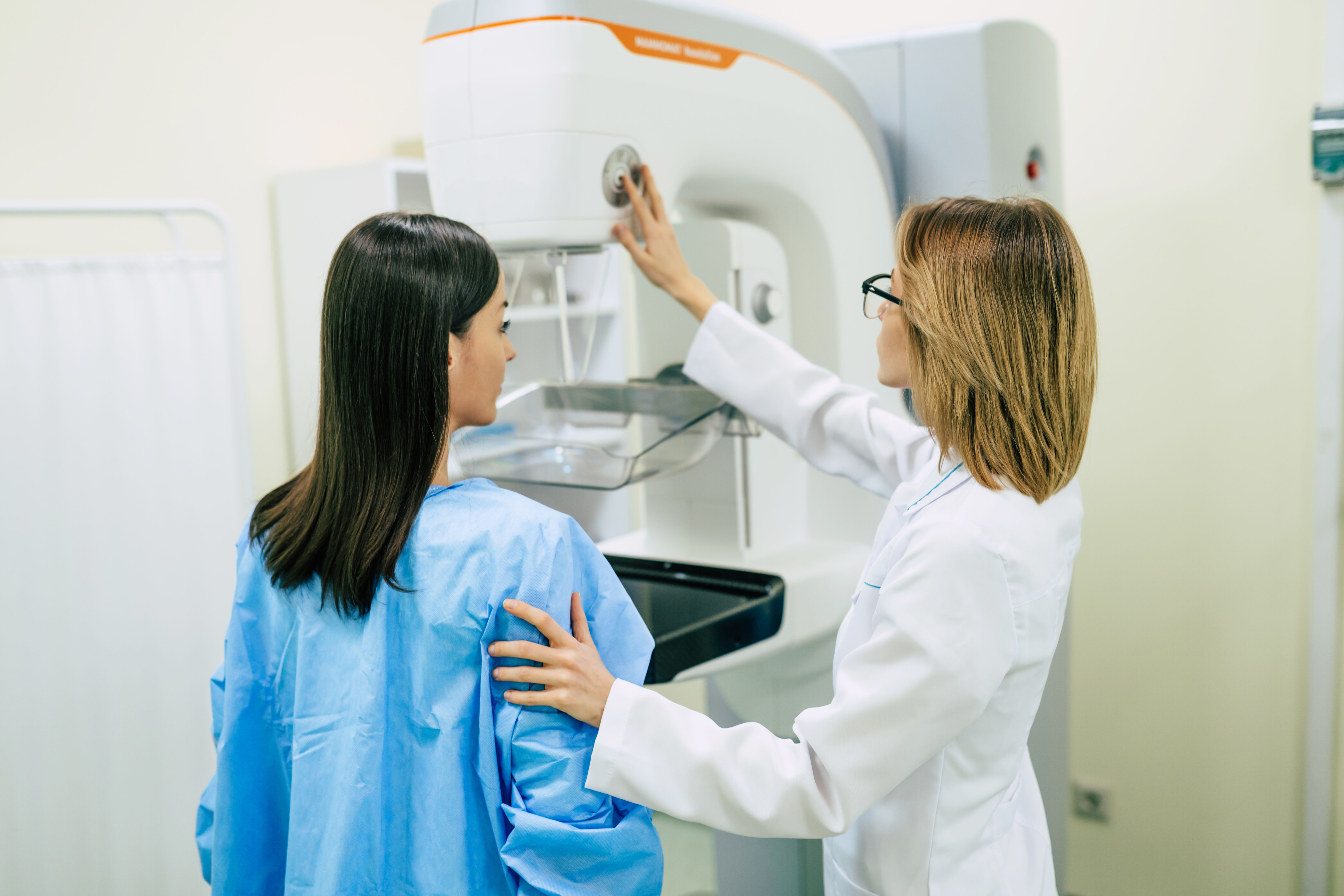This content is sponsored by MedStar Washington Hospital Center.
Prostate cancer is the most common cancer among men (after skin cancer), but it can often be treated successfully. It affects the prostate – a small walnut-shaped gland in males that produces seminal fluid.
Technological advances have led to radical shifts in prostate cancer treatment recommendations that focus on extending the patient’s life and improving quality of life after surgery.
There are factors that increase your risk of prostate cancer: older age (it’s most common after 50); race (Black men have a great risk of prostate cancer than other races); family history of prostate cancer; and obesity.
Dr. Jonathan Hwang, a urologic oncologist at MedStar Washington Hospital Center and the Mid-Atlantic’s most experienced nerve-sparing robotic prostatectomy provider, said prostatectomy—surgery to remove the prostate due to cancer—has evolved over his 15 years of performing the procedures at MedStar Health.
“I’ve seen techniques shift from open surgery with long-term urinary, sexual, and mental health side effects to a modern, precise, minimally invasive procedure that greatly reduces negative side effects with dramatic improvements to patients’ long-term quality of life,” said Dr. Hwang, who has performed more than 3,000 robotic prostate surgeries.
Screening techniques have also improved – allowing prostate cancer to be detected earlier and helping patients live longer.
“At MedStar Health, we look at the whole picture to determine the most effective treatment options that give patients the best chance to maintain or regain their sense of well-being,” Dr. Hwang said. “Our multidisciplinary team includes not only cancer experts and surgeons but also licensed therapists to help manage mental health symptoms. We pride ourselves on providing a safe environment where patients feel comfortable discussing their concerns.”
MRI technology advancements have improved prostate cancer screening outcomes. During a screening, a man’s prostate-specific antigen (PSA) is measured. PSA is a protein made in the prostate and released in the bloodstream. Men with prostate cancer typically have elevated levels of PSA.
Previously, when high levels were detected through a PSA blood test, doctors would conduct a biopsy to collect and test prostate gland tissue for cancerous cells. It was an inefficient process because PSA levels can be high even when no cancer is present; elevated PSA can be a sign of other conditions; and not all prostate cancers are life-threatening, so it couldn’t identify the lower risk patients.
However, MRI technology has reduced the number of biopsies performed by almost half while detecting the same number of cancer cases, Dr. Hwang said.
“Getting sharper, clearer MRIs also helps clinicians and patients make better decisions about who should undergo biopsy for prostate cancer—and who might benefit from certain treatments, including nerve-sparing robotic prostatectomy,” he said.
If prostate cancer is detected, surgery is typically the best treatment.
With robotic surgery, small incisions are made in the abdomen, through which the surgeon inserts tiny instruments. Using these instruments and a small camera, the surgeon can remove the prostate with minimal disruption to the surrounding healthy nerves and tissue that support normal urination and erection.
Dr. Hwang notes that robotic surgery has many benefits compared to open surgery: shorter recovery time, a faster return to normal urinary and sexual function, lower risk of surgical site infection, less blood loss and less pain overall.
Robotic surgical removal of the prostate is most beneficial for younger men because radiation can still be used if they have a cancer recurrence after surgery.
“Regardless of the patient’s age, I approach every patient’s treatment as if it were my own or a family member’s. I am frank and transparent about the risks and complications, such as urinary or erection problems, and remind them that healing is not the same in all men,” Dr. Hwang said.
After robotic surgery, patients stay in the hospital for 23 hours or less—a major reduction from the three- to five-day stay typically required for open surgery. Most patients can walk independently the day of surgery, and most feel well enough to go back to work after three weeks, Dr. Hwang said.
Patients will have a catheter in for seven days, and it can be removed safely from home. Additionally, most post-operative visits can be done virtually.
There are many new technologies on the horizon that can improve prostate cancer outcomes, Dr. Hwang said. Experimental studies and trials are using energy-based technology to develop effective treatments that focus only on the affected tissue.
Dr. Hwang works to answer any questions patients may have about prostate cancer treatment.
“I am here to support my patients and their families all the way from consultation through surgery and recovery,” he said.
Read more about robotic prostatectomy in a blog post by Dr. Hwang on the MedStar Washington Hospital Center website.







